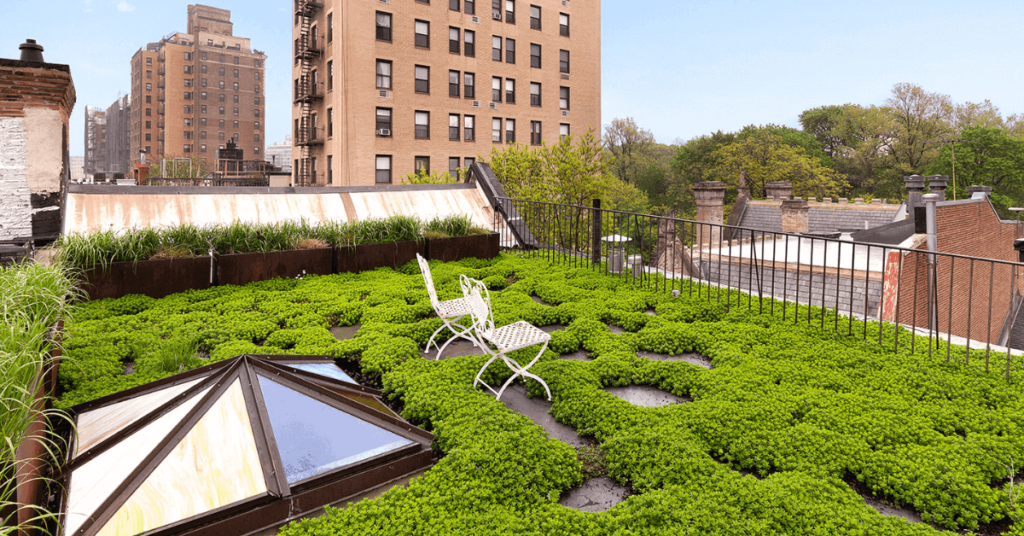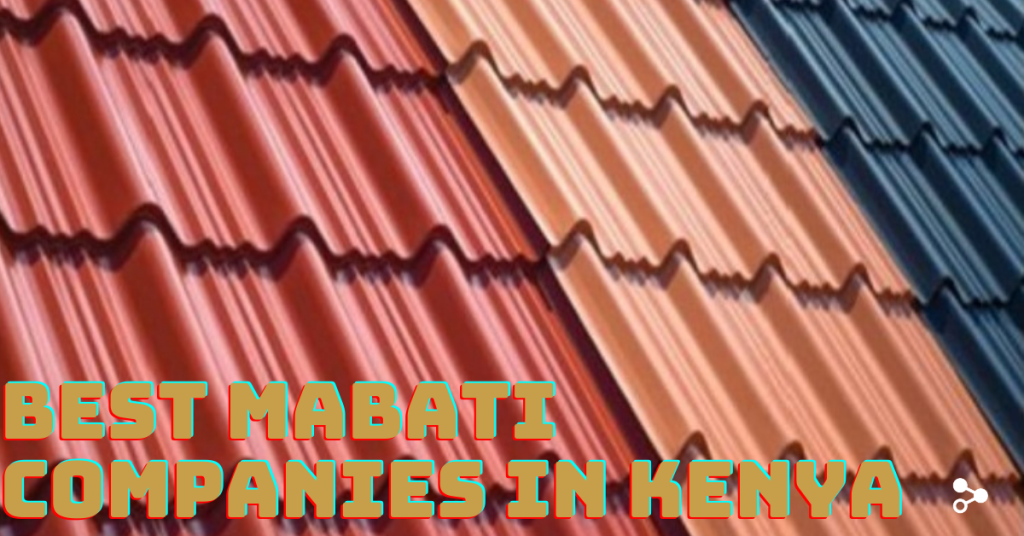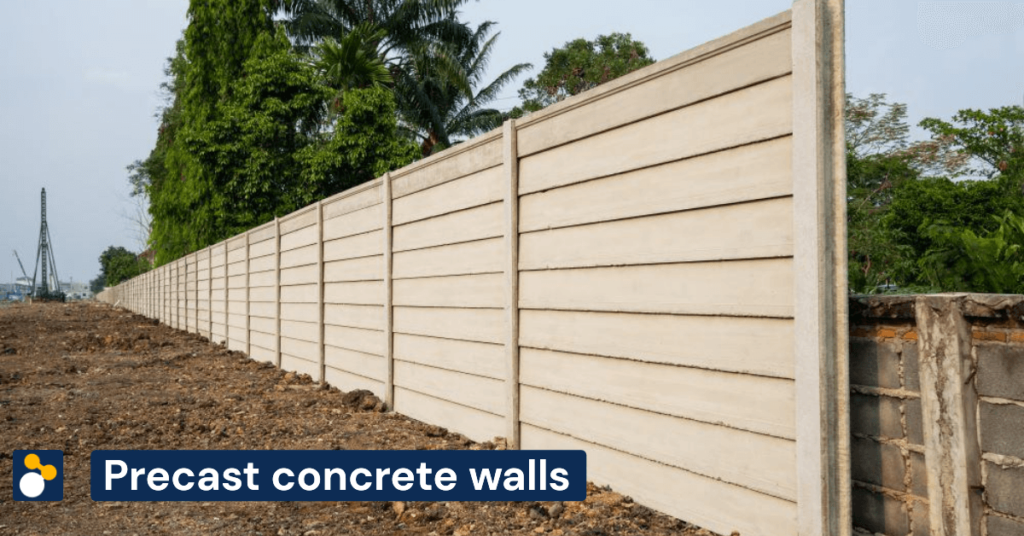Flat roofs are a popular choice for many buildings, both residential and commercial. They are cost-effective, provide an efficient use of space, and can be customized to fit different design preferences.
Types of flat roofs
Not all flat roofs are the same and in this article, we will discuss the seven different types of flat roofs and their unique characteristics.
1. Concrete flat roof
A concrete flat roof is a type of flat roof that uses a poured concrete slab as the roofing material.

Concrete flat roofs are highly durable and can withstand harsh weather conditions, making them a popular choice for commercial and industrial buildings.
They are also fire-resistant and require little maintenance.
However, concrete flat roofs can be heavy, which may require additional structural support during installation. Additionally, they may be more expensive than other types of flat roofs due to the cost of materials and labor.
2. Built-Up Roofing (BUR)
Built-up roofing (BUR) is one of the most popular types of flat roofs. It consists of multiple layers of roofing felt and asphalt, which are bonded together with hot tar or asphalt.

This creates a durable, long-lasting roofing system that can withstand harsh weather conditions. BUR is also highly customizable, as it can be topped with a variety of materials, including gravel or reflective coatings
However, BUR is heavy, and the installation process can be time-consuming and messy.
3. Modified Bitumen Roofing
Modified bitumen roofing is similar to BUR in that it consists of multiple layers of asphalt and felt. However, instead of hot tar, modified bitumen roofing uses a polymer-modified asphalt.
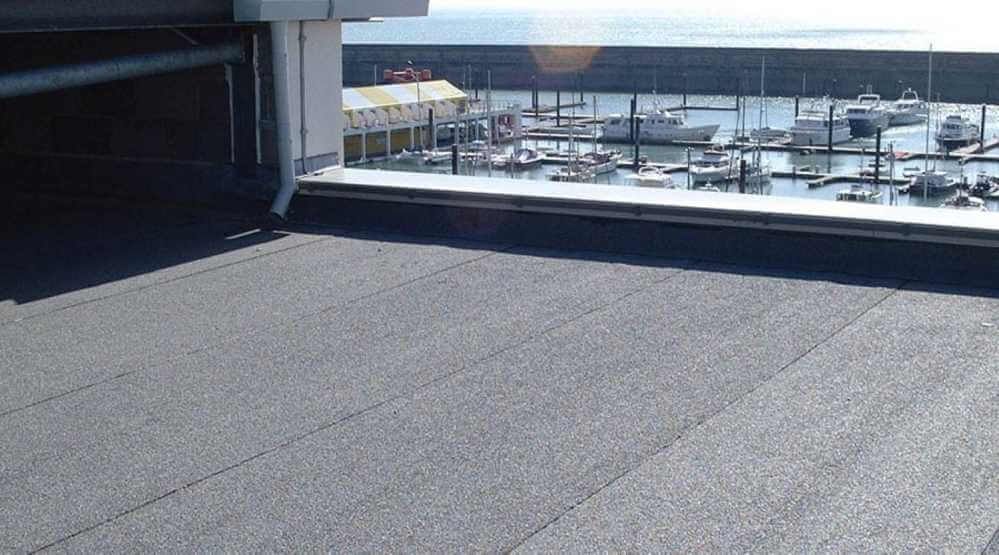
This creates a more flexible and durable roofing system that can better withstand temperature changes and extreme weather conditions.
Modified bitumen roofing is also easy to install and maintain, making it a popular choice for commercial and residential buildings. However, it can be more expensive than other types of flat roofs.
4. Spray Foam Roofing
Spray foam roofing is a type of roofing system that is made by spraying a mixture of polyurethane foam and elastomeric coating onto the roof surface.
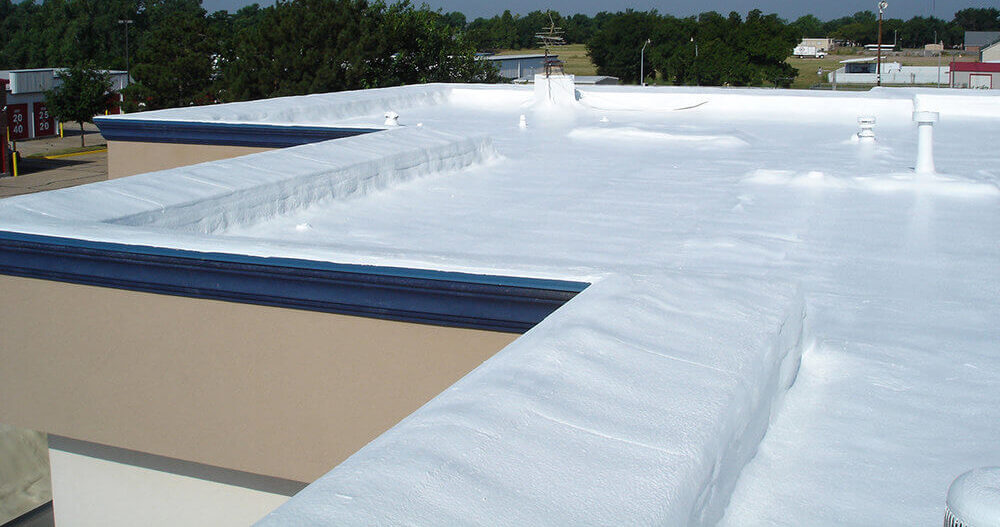
This creates a seamless, waterproof roofing system that can last for decades. Spray foam roofing is also highly energy-efficient, as it provides excellent insulation for the building.
However, spray foam roofing can be expensive to install, and it requires regular maintenance to keep it in good condition.
5. Single-Ply Roofing
Single-ply roofing is a type of roofing system that consists of a single layer of synthetic material, such as PVC or TPO.
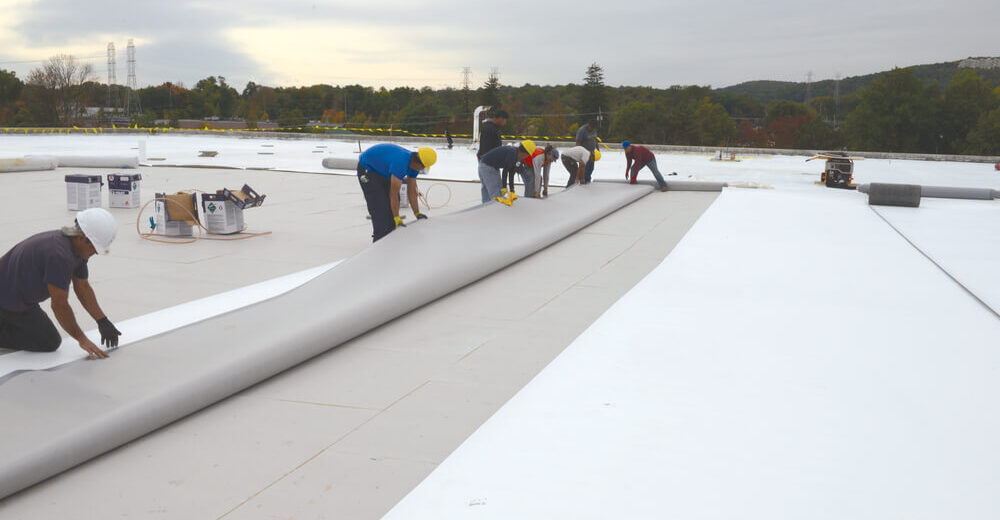
This makes the installation process quick and easy, as there are no multiple layers to install. Single-ply roofing is also highly reflective, which can help reduce energy costs by keeping the building cooler.
However, single-ply roofing is not as durable as other types of flat roofs and can be prone to punctures and tears.
6. PVC Roofing
PVC roofing is a type of single-ply roofing that uses polyvinyl chloride (PVC) as the synthetic material.


PVC roofing is highly reflective, which can help reduce energy costs by keeping the building cooler. PVC roofing is also durable and easy to install and maintain, making it a popular choice for commercial and residential buildings.
However, PVC roofing can be expensive to install, and it may not be suitable for buildings in areas with extreme weather conditions.
7. Green Roofs
Green roofs are becoming increasingly popular as an environmentally friendly and aesthetically pleasing option for flat roofs.

A green roof is a roofing system that incorporates plants and vegetation into its design. Green roofs can provide a variety of benefits, including reducing energy costs, improving air quality, and providing habitat for wildlife.
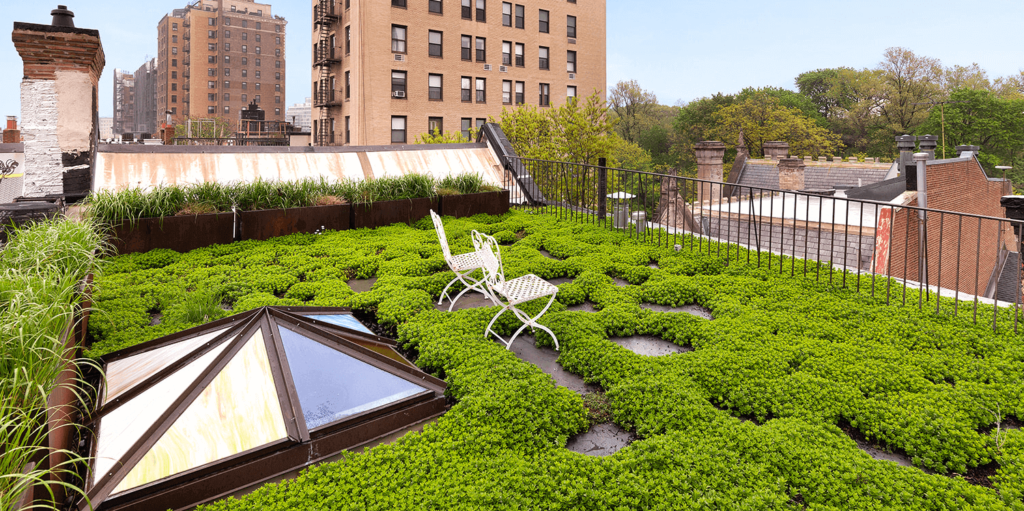
However, green roofs can be heavy, and they require regular maintenance to ensure that the plants and vegetation remain healthy.

